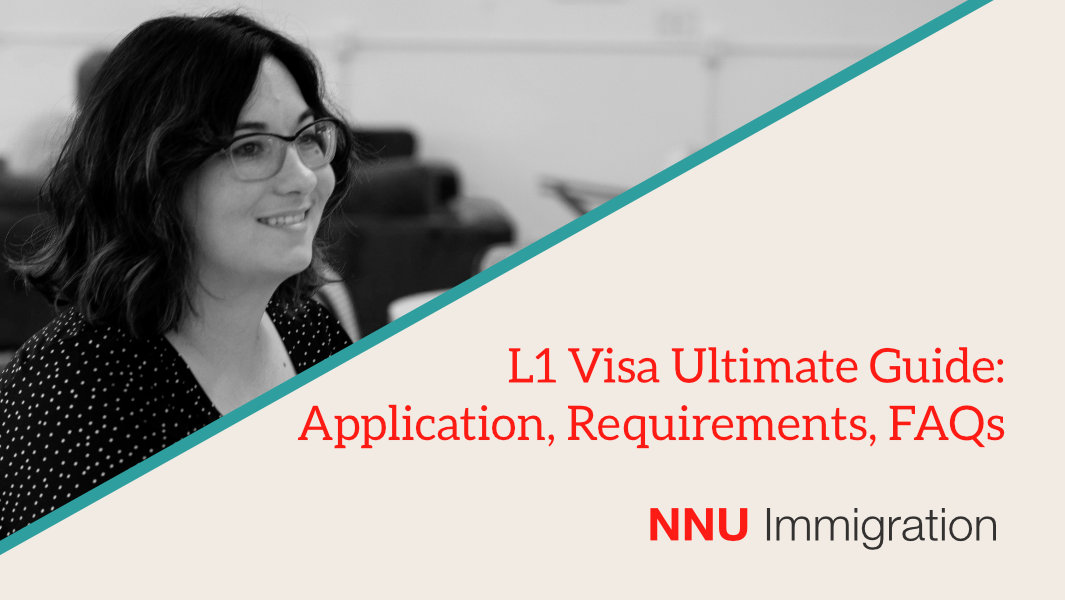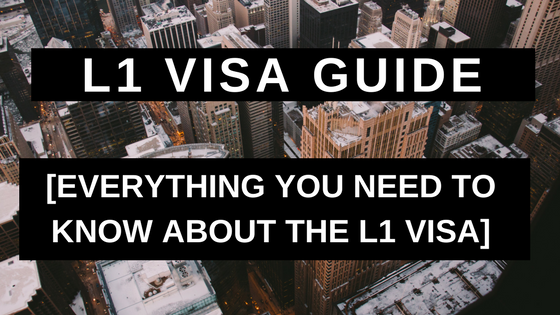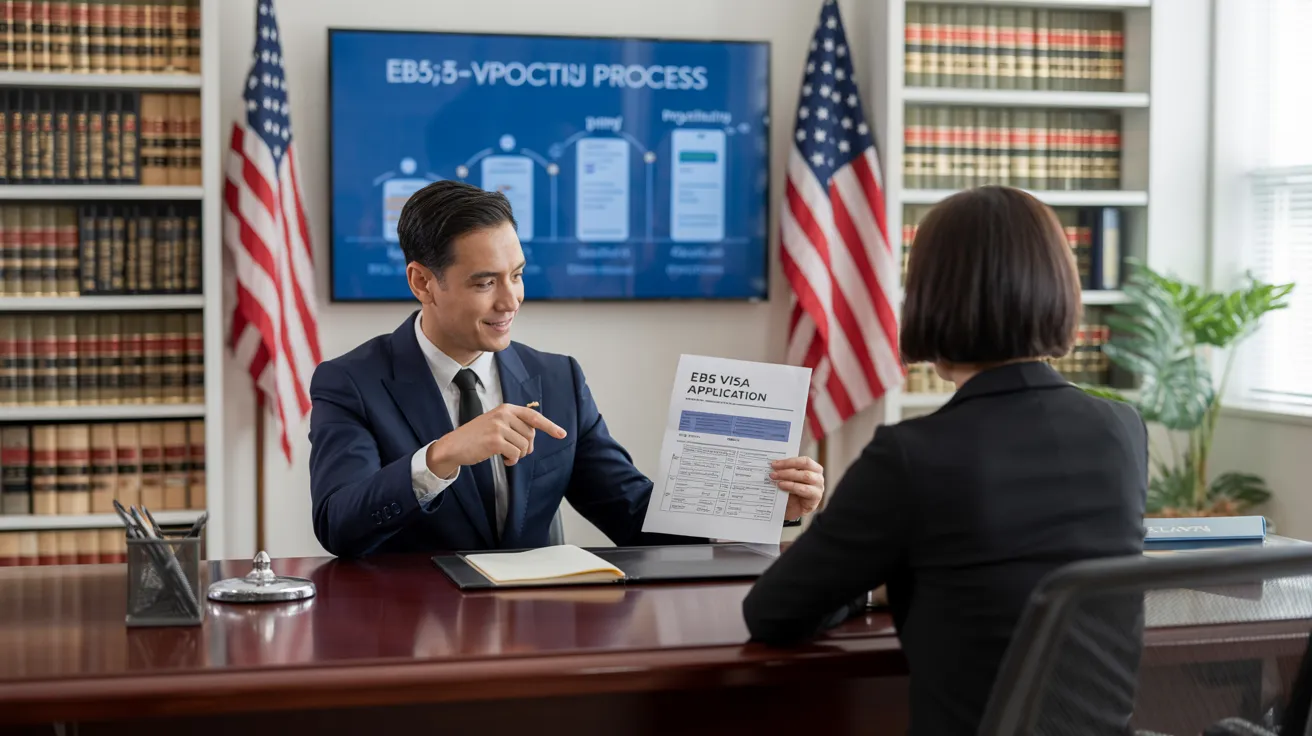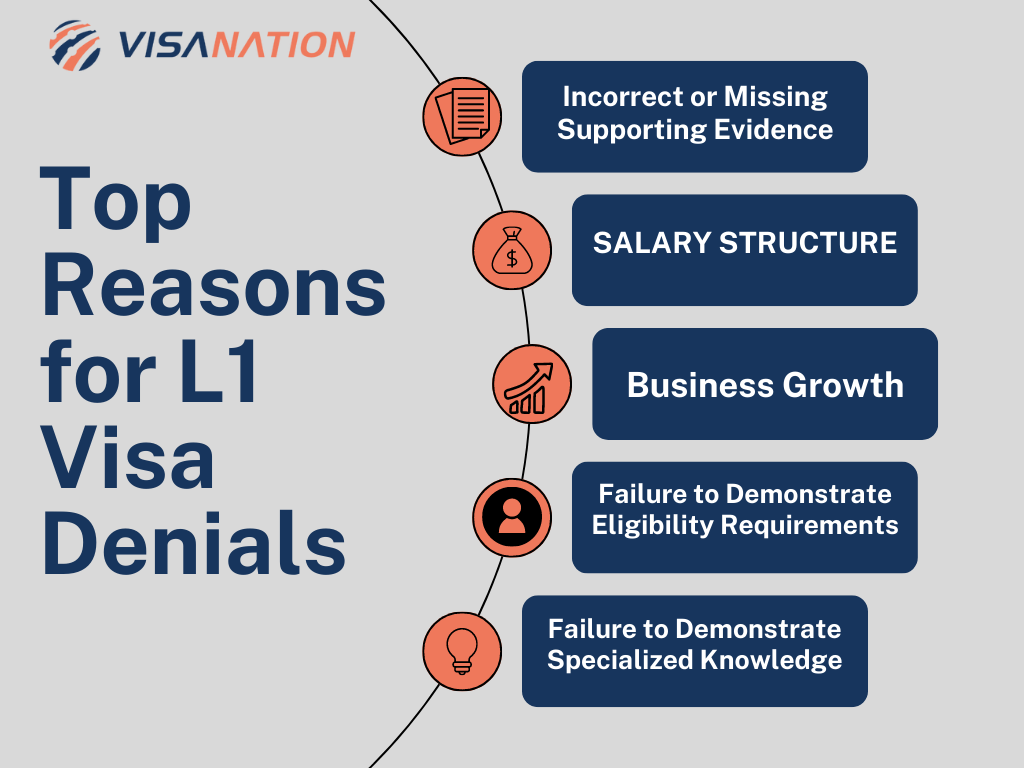What Does L1 Visa Do?
Table of ContentsAn Unbiased View of L1 VisaSome Known Incorrect Statements About L1 Visa Excitement About L1 VisaGet This Report about L1 VisaSome Known Questions About L1 Visa.Little Known Questions About L1 Visa.
Offered from ProQuest Dissertations & Theses Worldwide; Social Scientific Research Costs Collection. DHS Office of the Inspector General. Fetched 2023-03-26.
U.S. Department of State. Obtained 22 August 2016. "Workers paid $1.21 an hour to install Fremont technology firm's computer systems". The Mercury Information. 2014-10-22. Obtained 2023-02-08. Costa, Daniel (November 11, 2014). "Little-known temporary visas for international technology employees dispirit incomes". The Hill. Tamen, Joan Fleischer (August 10, 2013). "Visa Holders Change Employees".
An Unbiased View of L1 Visa
In order to be qualified for the L-1 visa, the international business abroad where the Beneficiary was utilized and the United state firm need to have a qualifying relationship at the time of the transfer. The various types of qualifying relationships are: 1.
Business A has 100% of the shares of Firm B.Company A is the Parent and Company B is a subsidiary. There is a qualifying partnership between the 2 business and Firm B must be able to sponsor the Recipient.
Example 2: Business A is integrated in the U - L1 Visa.S. and intends to petition the Recipient. Company B is included in Indonesia and utilizes the Beneficiary. Firm A has 40% of Business B. The continuing to be 60% is had and managed by Firm C, which has no relation to Business A.Since Firm A and B do not have a parent-subsidiary relationship, Company A can not fund the Recipient for L-1.
Instance 3: Business A is incorporated in the U.S. and wishes to petition the Beneficiary. Firm B is integrated in Indonesia and uses the Beneficiary. Firm A has 40% of Company B. The remaining 60% is had by Company C, which has no relationship to Firm A. Nonetheless, Company A, by official agreement, controls and complete takes care of Firm B.Since Company A has much less than 50% of Company B but takes care of and controls the business, there is a qualifying parent-subsidiary connection and Business A can sponsor the Beneficiary for L-1.
The Best Guide To L1 Visa
Business B is integrated in the United state
The 4-Minute Rule for L1 Visa

The L-1 visa is an employment-based visa classification developed by Congress in 1970, permitting multinational business to move their managers, executives, or crucial employees to their United state operations. It is generally referred to as the intracompany transferee visa.

Furthermore, the beneficiary needs to have worked in a supervisory, exec, or specialized staff member setting for one year within the 3 years coming before the L-1A application in the foreign business. For new workplace applications, international employment has to have been in a managerial or executive capability if the beneficiary is pertaining to the United States L1 Visa requirements to function as a manager or executive.
Some Ideas on L1 Visa You Should Know

If provided for a L1 Visa attorney united state company operational for greater than one year, the first L-1B visa is for as much as three years and can be expanded for an additional 2 years (L1 Visa). Conversely, if the united state business is newly established or has actually been operational for much less than one year, the first L-1B visa is issued for one year, with extensions available in two-year increments
The L-1 visa is an employment-based visa classification established by Congress in 1970, permitting international companies to transfer their supervisors, execs, or crucial workers to their U.S. operations. It is frequently referred to as the intracompany transferee visa.
What Does L1 Visa Mean?
Additionally, the beneficiary needs to have functioned in a supervisory, exec, or specialized worker position for one year within the 3 years preceding the L-1A application in the international firm. For brand-new workplace applications, international work must have remained in a supervisory or executive ability if the beneficiary is coming to the United States to function as a supervisor or executive.
for up to seven years to oversee the operations of the U.S. affiliate as an executive or supervisor. If released for an U.S. company that has actually been operational for more than one year, the L-1A visa is initially given for up to 3 years and can be extended in two-year increments.
If granted for a united state business operational for even more than one year, the preliminary L-1B visa is for up to three years and can be extended for an additional 2 years. Alternatively, if the U.S. L1 Visa attorney business is newly developed or has been operational for much less than one year, the preliminary L-1B visa is provided for one year, with expansions readily available in two-year increments.